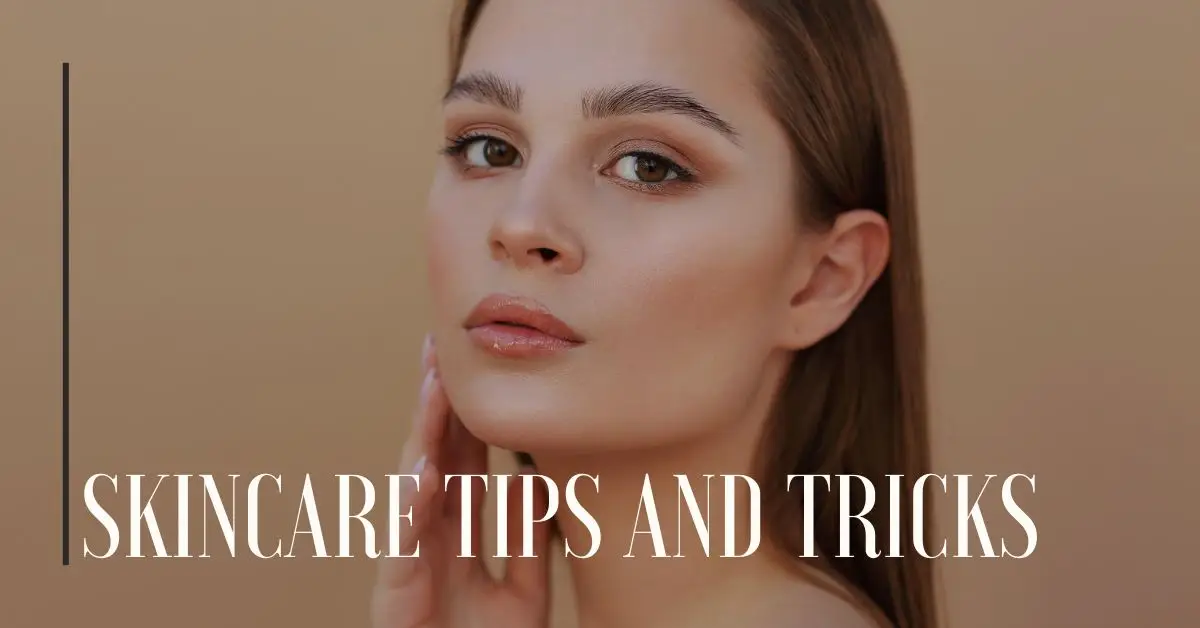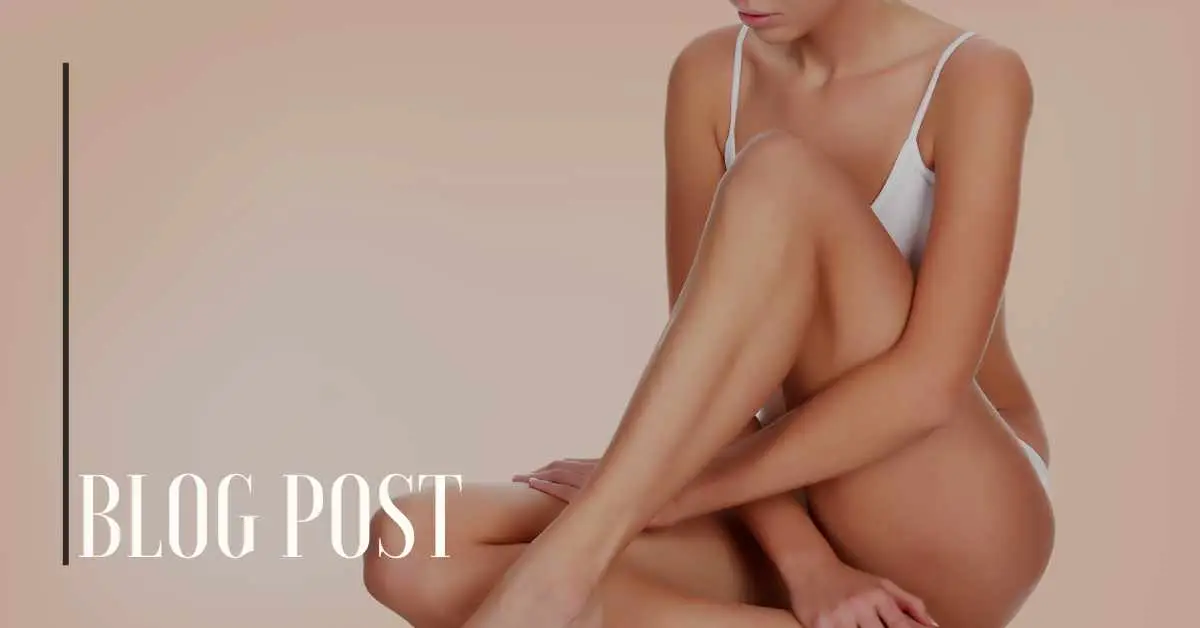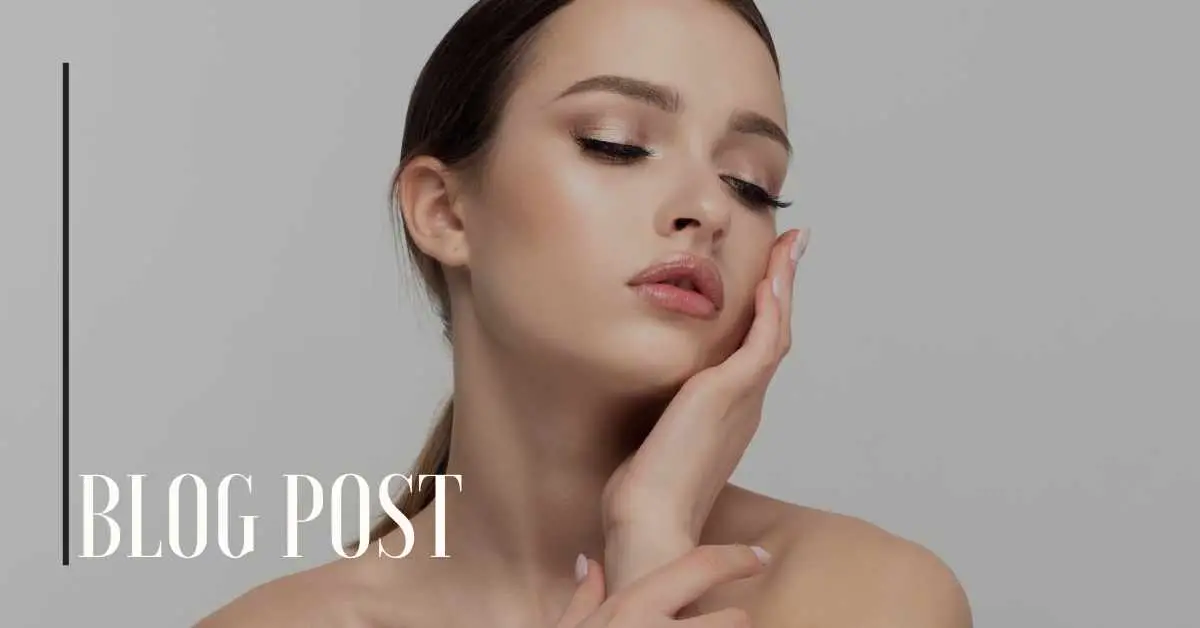What Is Sculptra Used For?

When researching ways to restore the appearance of your skin, you may come across Sculptra. Although it’s a relatively new procedure — first appearing in the mid-2000s — it’s become increasingly popular in recent years. Like other cosmetic procedures, though, Sculptra is used for specific aesthetic-related purposes. In this post, you’ll learn more about Sculptra […]
IPL Photofacial: Is it the best for you?

IPL/Photofacial is great for reversing sun damage, can also treat rosacea, broken capillaries, and cherry angiomas. Learn if it’s the best treatment for you.
Why we started Radiance Rewards

Subscriptions are everywhere because they make life easier. Read why we decided to create our own and make it easy for those who take their self-care seriously.
What Are Facial Treatments Used For?

Have you heard of facial treatments? They’ve become one of the most popular cosmetic skincare procedures on the market. A facial treatment can rejuvenate and improve the appearance of your skin while also protecting it from early aging in the process. But what exactly are facial treatments are used for? What Is a Facial Treatment? […]
What Are the Benefits Intense Pulsed Light (IPL) Hair Removal?

Think shaving and waxing are the hair removal solutions available? Think again. Intense pulsed light (IPL) offers an alternative way to remove unwanted hair. Whether the hair is on your face, legs, neck, check, bikini area, back or underarms, it can remove it. Considering that shaving and waxing are both readily available and well-known solutions, […]
How Do Dermal Fillers Work?

Has your skin lost its plump texture and youthful luster? Even if you don’t suffer from an underlying medical condition, the appearance and characteristics of your skin will change over time. As you age, your skin will lose some of its collagen and subcutaneous fat, thereby reducing its elasticity and increasing the risk of wrinkles. […]
What Is Intense Pulse Light (IPL) Hair Removal?

Millions of women, as well as men, have unwanted hair on their body. If this sounds familiar, you should consider intense pulse light (IPL) hair removal. It offers a safe and effective way to remove unwanted hair. As a result, it’s become an increasingly popular alternative to traditional hair removal solutions like shaving and waxing. […]
What’s the Difference Between Microneedling and Acupuncture?

Because they both involve the controlled placement of needles into the skin, many people assume that microneedling and acupuncture are the same. However, microneedling and acupuncture are two unique procedures with their own unique benefits. As a result, you need to familiarize yourself with their differences before seeking either of these procedures. Only after identifying […]
11 Things Botox Can Do – Other Than Relax Wrinkles

Original Article by Stephanie Saltzman There was a time when Botox was treated like Voldemort: Everyone knew it had magical powers, but no one said its name. Now things have changed—so much so that Botox is regularly the subject of conversation. So let’s expand the dialogue with a growing list of uses for the wizard […]
How to Take Care of Your Skin this Summer

The majority of us tweak our hair color and makeup according to the time of year. But, not all of us apply that same concept to our skin care, although we should. It’s important to make sure that your skin care routine matches up with the seasons because certain skin issues can become exacerbated as […]
